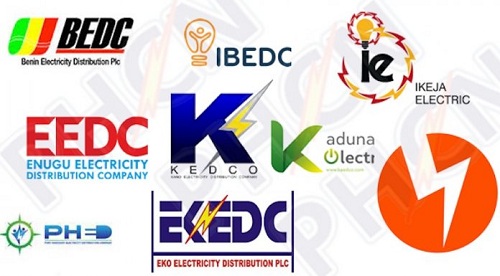This post has already been read 992 times!
Three years after SBT, power supply stagnates at 3,500MW
Stakeholders and electricity consumers have described as rip-off, the new increase in electricity tariff being implemented across the country by distribution companies, DisCos, despite worsening state of electricity supply in the country.
Players in the industry have also accused the Nigerian Electricity Regulatory Commission (NERC) of secret dealings, insisting the process of tariff increase has remained opaque, instead of being transparent.
In an order with the number NERC/336/2022, obtained exclusively by The Guardian and cited as December 2022 Minor Review of Multi-year Tariff Order, the order permitted the DisCos to increase tariff, an order that took effect December 1, last year.
The Guardian gathered through the order that the tariff increase applied to consumers under band A and B. The increase for band A is about N10.77 and that of band B is N8.
Distribution companies across the country had, in accordance to the NERC Minor Review Order (MYTO), increased end-user tariff, a development, which has been happening twice a year in the last two years, as the Federal Government enforces a Service Based Tariff. The tariff in the new order is programmed to increase progressively through 2026.
NERC had, last year, “Pursuant to the Extraordinary Tariff Review Application, approved the Multi-Year Tariff Order – 2022 (MYTO – 2022) that took effect from January 1, 2022. The order was subsequently reviewed in July 2022 in line with the extant regulations.”
The regulator stated in the order that the tariff reflected changes in inflation rates, foreign exchange rate, gas price and available generation capacity, and retroactive claw back of unutilised capital expenditure provisions.
For maximum demand and non-maximum demand customers, who are under band A, an increase of N10 was introduced. Maximum and non-maximum demand customers under band B saw an increase of N8, as bands C to E did not witness any change.
“The Meter Acquisition Fund shall be centrally managed and used as securitisation for long-term financing to fund rapid closure of the current metering gap in the NESI – currently estimated at over 60 per cent. Accordingly, N0.75/kWh provision has been made in the DisCos’ revenue requirement as a contribution to the Meter Acquisition Fund in 2023.”
Elatuyi, who said he has been concerned about the tariff components, noted that end user tariffs reflect the costs of the entire value chain.
“Generation tariff is determined using a benchmark Long Run Marginal Cost (LRMC) of the most economically efficient new entrant. In NESI, the most efficient new entrant is an expensive OCGT plant with a thermal efficiency of barely 40 per cent. This has a bearing on overall system cost.”
Renowned energy economist, Prof. Wunmi Iledare, noted that while it is understandable that tariffs must be appropriate to guarantee adequate return on investments into the power sector, investors must not have a buy and sell business mentality.
“Power sector investment is long-term driven. The basis for tariff review must be to reward capacity delivery based on risked investments.



